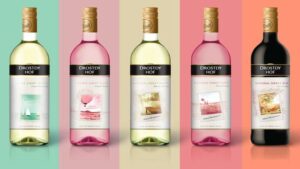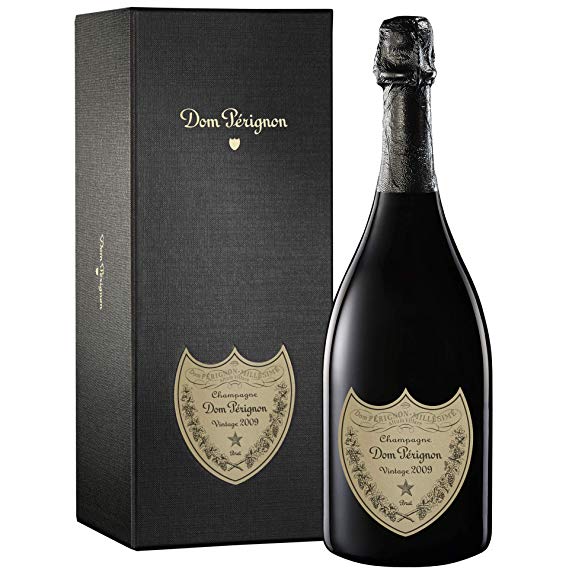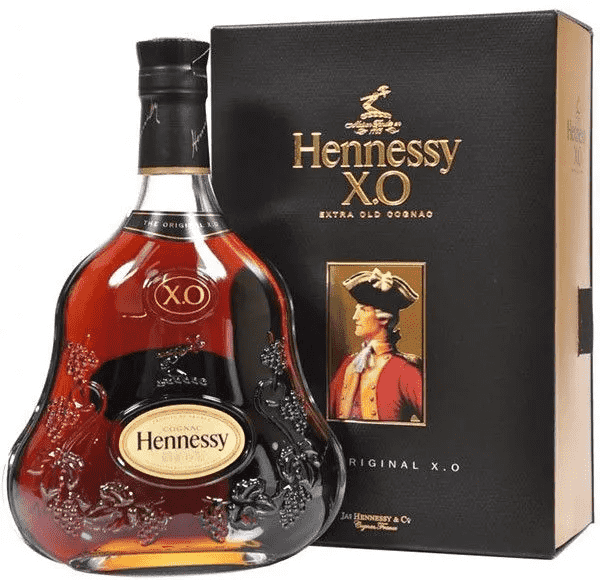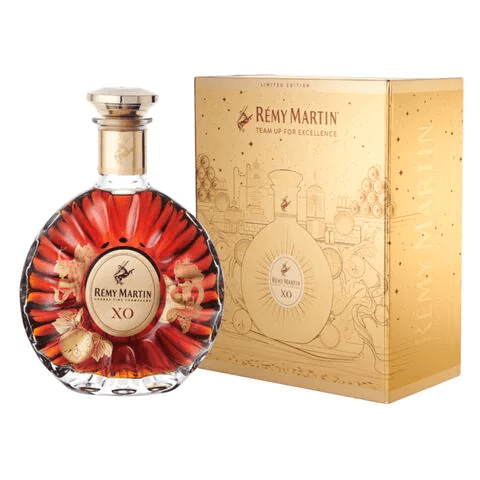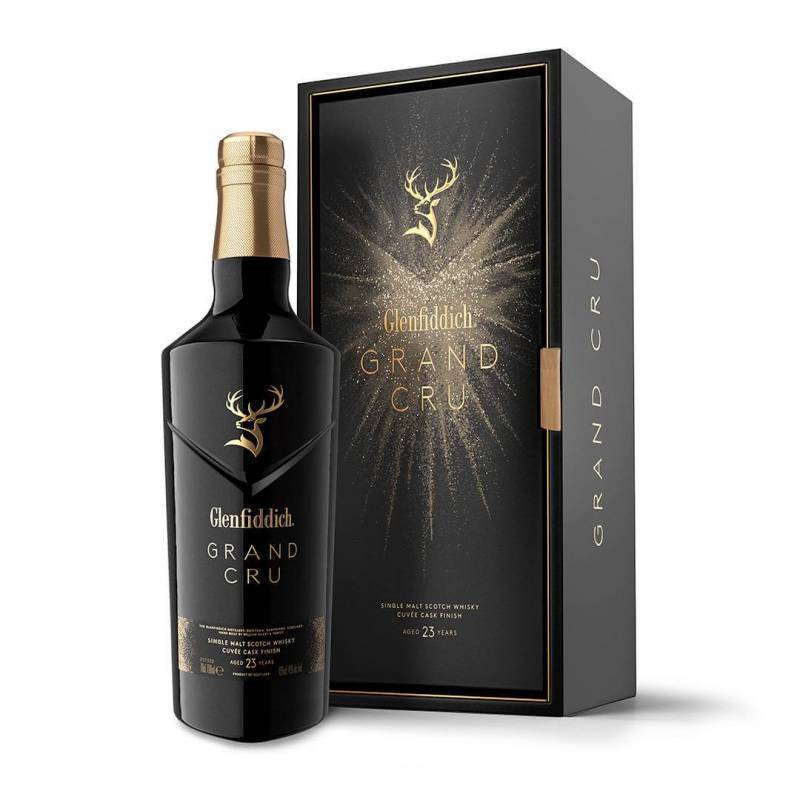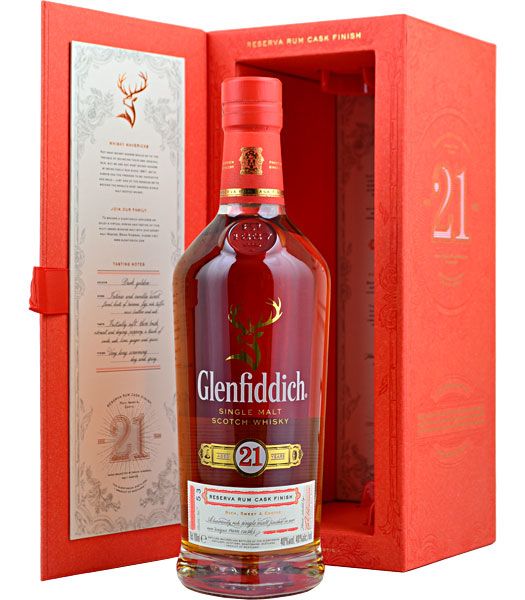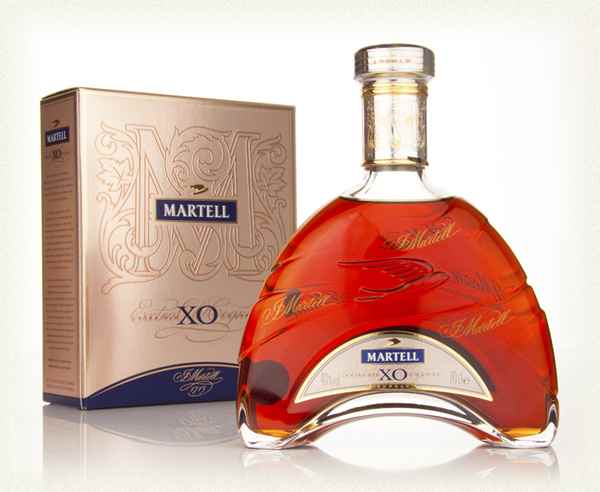Introduction
We’ve all been there – you’re getting ready for friends to come over for dinner. In the kitchen, you look at the wine bottles with uncertainty. The white is warm and the red is too room temperature-ish. Do you quickly refrigerate both wines? Just one? Skip it and go for that bottle of spirit instead? The great wine fridge debate continues!
Whether hosting or just drinking wine at home, we have all casually tossed our wines in the fridge without thinking much about it. But there’s actually an art to properly chilling wines.
Here’s some guidance on when to refrigerate wines and when to leave them out.
1. The Dos of Refrigerating Wine
a) Chill Light White, Rosé, Sparkling Wines and Champagnes
Chilling White Wines, Rosés, Sparkling Wines and Champagne enhance the experience. Think about sipping a crisp, refreshing white wine on a sunny day. Or enjoying a glass of bubbly rosé at a backyard barbecue. Those wines just taste better when they’ve been properly chilled in the refrigerator, right?
For white wines like Sauvignon Blanc or Pinot Grigio, serving them chilled is pretty much essential, especially when it’s warm out. The cool temperature preserves those delicate aromas and flavours that can get muted when the wine is too warm. Chilling brings out the bright, zingy notes that make whites so thirst-quenching.
Rosé wines also benefit from a stint in the fridge before serving. Whether it’s a drier French style or a fruitier California version, that slight chill accentuates rosé’s fresh berry and floral character. It makes them extremely favourable for sipping casually with friends.
And who doesn’t love popping open a chilled bottle of bubbly? For Champagne, Prosecco or Cava, keeping them refrigerator-cold is key for maintaining those delightful, long-lasting bubbles. The chilled temperature makes the whole experience more celebratory and special.
So next time you want to enjoy a white, rosé or sparkling wine, do yourself a favour and make sure it’s been properly chilled. These wines are best served between 45-55°F (7-13°C). That simple act of pulling it from the fridge makes those bright, refreshing flavours really sing. It’s an easy way to make the whole wine-drinking experience more enjoyable, especially on warm days. A little chill can go a long way!
b) Use Refrigeration to Revive Older Red Wines
Have you ever opened an older red wine and found it tasted a bit flat or dull? It’s lost some of that fresh, fruity taste it had when it was younger. That’s when the fridge can come to the rescue and help bring the wine back to “life”.
As red wines age, they naturally lose some of those vibrant fruit flavours over time as they mature. The tannins, which give the wine structure, can also start tasting a bit harsh or overpowering. And those lovely aromas seem faded compared to when they were younger.
But a quick 20-30 minute chill in the refrigerator can do wonders to perk up an older red. The cool temperature helps revive some of those dried fruit and berry notes that have fallen into the background. It also softens any overly aggressive tannins, making the wine taste smoother.
Chilling brings out more of those enticing aromas too. You’ll start smelling the spices like tobacco, and cedar notes again that make aged reds so inviting.
Just don’t over-chill by leaving it too long. Red wines taste best around 60-65°F (15-18°C) if you don’t want to numb all those lovely aged complexities. Just a quick fridge time is all an older red needs.
c) Chill Before Decanting Older Wines
For experienced wine lovers, decanting older bottles is like a sacred ritual. You have been patiently aging that Bordeaux in your cellar for decades, waiting for the perfect occasion to let it breathe and age. But before going full steam ahead with the decanter, a crucial first step is giving that bottle a quick chill.
You see, as wines age, they become more delicate and susceptible to changes like oxidation or getting over-exposed to air too quickly. Decanting helps to slowly reintegrate sediment while allowing the wine to open up aromatically. But for fragile aged wines, even that small dose of oxygen interaction can potentially cause them to fade before their time if not handled properly.
That’s where a short 30-45 minute chill in the fridge comes in. Dropping the temperature of the wine slows down the oxidation, buying you more time for the decanting process. You get all the aerating benefits of decanting with less rapid loss of character.
But don’t go freezing your vintage wines or anything! Too much cold will numb the delicate flavours and aromas rather than preserve them. We’re just talking about a moderate temperature drop before that all-important decanter introduction.
2. The Don’ts of Refrigerating Wine
a) Don’t Refrigerate Wine Long-Term
While refrigeration is great for the short-term chilling of certain wines, it is not an ideal environment for long-term ageing and storage. The consistent vibrations from the compressor can prematurely disturb sediment. Most refrigerators also have dry air that can cause corks to dry out over time, letting air seep in and oxidize the wine.
b) Don’t Chill Full-Bodied Reds or Fortified Wines
Bold, tannic reds like Cabernet Sauvignon, Syrah, and Bordeaux blends should never be refrigerated before serving. The cold temperatures can make their tannins appear harsher and mute many desirable flavours and aromas. The same goes for fortified wines like Port – their rich, complex flavours are best expressed at cool room temperature.
c) Don’t Refrigerate Past a Wine’s Ideal Temp
Chilling wine too much can make wine lose some of its flavour and aroma. At worst, it can make the wine taste dull for a long time, even once brought back up to the proper serving temperature. Make sure to remove white wines, rosés, sparkling wines and champagne from the fridge about 15-30 minutes before serving to allow them to come up to their perfect temperatures.
3. Using the Fridge for Opened and Unopened Wines
An unopened bottle can safely chill in the fridge for up to 2 weeks without issue. But once that cork is popped, things get trickier. For open whites and rosés, you’ve got maybe 3-5 days max of prime drinkability before the fridge air causes them to taste stale or oxidized.
Open reds have an even shorter window of just 1-3 days until they start tasting flat from being chilled. And forget about leaving an open sparkling wine in the fridge for more than a week…it’ll go flat.
Conclusion
In conclusion, employing moderation when refrigerating wines is crucial. While refrigeration can enhance the drinking experience, excessive chilling risks compromising the flavours of wine. Only refrigerate wine when needed and for the right wines.
How to Order from Us
At Jays Wines, we bring you a wide range of drinks. As we celebrate Easter, Explore the different options of Wines, Beers and Spirits on our website and place your order here. We shall promptly deliver them to you.
Alternatively, Call or WhatsApp us at 0705570066 for inquiries or to place a direct order.
We are located along Biashara Street and Accra Road within Nairobi CBD.
By Roseline Maina: Digital Marketer




